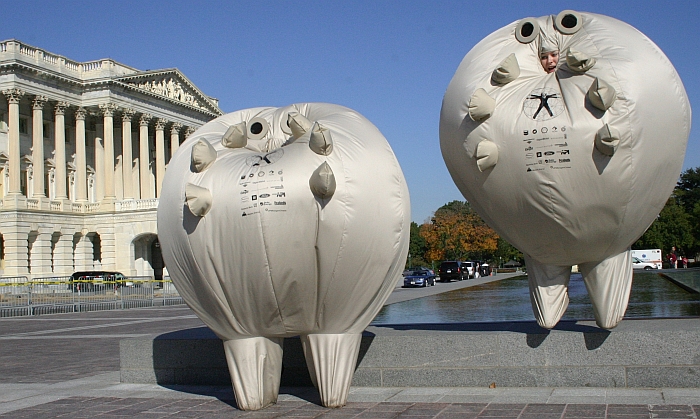The new version of Energy Self-Reliant States manages to duplicate the fallacies of their previous reports, and adds new ones. Their takeaway: “… 3 in 5 states could get all of their electricity from in-state renewable resources.” Their statistics actually support the need for transmissions. Some states can produce surplus power. Some states can’t meet all their own needs. If we are going to move to 100 percent renewable energy (or nearly 100 percent), we need transmission lines to get power from states with surpluses to states without.
There are a few other tricks here. The New Rules Institute considers storage cost for meeting 20 to 35 percent of electricity needs via renewables; for that small a percent of the grid you can get by with between zero new storage or at worst a few minutes of peak power. But if we are to supply really high percentages of power from renewables we will need hours of storage. That gets expensive. Given both daily and seasonal variation in delivery of renewables, transmission (which can reduce the need for storage drastically) is the cheaper alternative. New Rules skews the numbers by not including storage needs when comparing the cost of a local mostly renewable grid to a national mostly renewable grid. A smart grid, while useful, reduces but does not replace either transmission or storage. That is because transmission and storage can both handle cases where there is zero or nearly zero power available for a brief period of time, whereas a smart grid can never reduce demand to zero or close to zero.
Other tricks: a lot of this “renewable energy” is “combined heat and power” — parasitic electricity generated by using waste heat from industrial process. To the extent we can make the industrial processes more efficient, or run them on renewable electricity, CHP resources are lower than estimated. Similarly they have high estimates for small scale hydro, without considering how much of that small scale hydro damages the environment in ways that compare to large scale hydropower per kWh.
Another trick here is that they don’t consider electricity needs if we substitute electricity for a large portion of transportation energy, and possibly for industrial needs. I know that the New Rules Institute tends to be optimistic about biomass, and possibly they think that biomass can drive transportation and industry. But when we consider both returning nutrients to the soil, and not displacing food or wilderness, I think we will find biomass potential limited compared to renewable electricity for these purposes.
Here is the bottom line: we should learn from nature in reconstructing our infrastructure to be sustainable. And nature is not purely local, not “self-reliant”. Salmon migrate thousands of miles, as do many fish species. Gray Whales travel around the globe. Birds and insects cross continents. Many local plants depend on nutrients transported thousands of miles by rivers. We should try to rest lightly on the land, making it sustainable and beautiful, efficient, robust and reliable. And if we do that we will find the right balance between local and global without prejudging where that balance lies.


